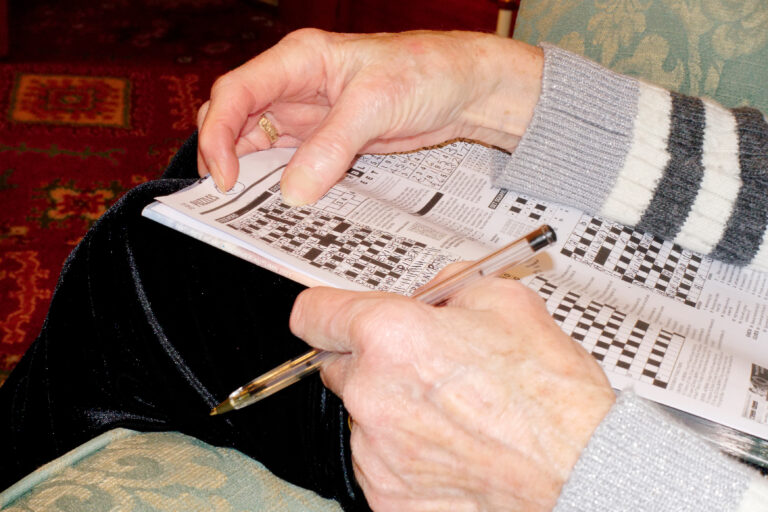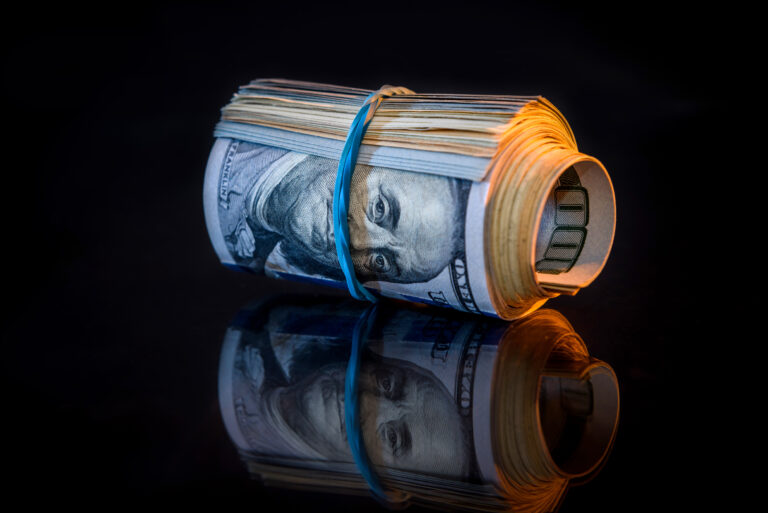Exercise addiction tends to hit hardest after the age of 35 for several interconnected reasons, many of which revolve around changes in both the body and mind that come with midlife.
As people move into their late 30s and beyond, they often face new pressures and challenges. These can include career stress, family responsibilities, or feelings of dissatisfaction with life that sometimes emerge during a midlife crisis. Exercise can become a way to cope with these emotional struggles. It offers a sense of control when other parts of life feel overwhelming or uncertain. For some, pushing themselves physically becomes a way to avoid confronting difficult feelings or anxieties directly.
At this stage in life, the body also starts to change—muscle mass declines gradually, metabolism slows down, and recovery from physical activity takes longer than it did in youth. This can lead some individuals who were once very active or athletic to push harder than is healthy in an attempt to maintain their previous fitness levels or appearance. The desire for validation through physical performance or looks may intensify as people compare their current selves unfavorably against their younger years.
Moreover, exercise addiction after 35 is often linked with underlying mental health issues such as anxiety and perfectionism. People might use excessive exercise as a coping mechanism for emotional distress or even eating disorders—trying to regulate emotions through movement even if it causes harm over time.
Physically, too much exercise without adequate rest can cause injuries like stress fractures and repetitive strain problems that are more common as the body ages. Hormonal imbalances may develop; women might experience missed menstrual cycles due to overtraining stress on the body’s systems. Immune function can be suppressed leading to chronic fatigue and sleep disturbances—all signs that what started as healthy habits have crossed into harmful territory.
Mentally, those addicted may feel guilt when they miss workouts or shame tied up with food intake and rest days—leading them further into isolation from friends and family because social activities might interfere with rigid exercise routines.
In essence, after 35 years old there’s often an intersection where emotional needs meet physical realities: people seek control amid life’s uncertainties while facing natural aging processes that challenge previous fitness norms. Without balance and awareness about these shifts—both psychological and physiological—the risk of developing an unhealthy dependence on exercise grows stronger during this period of life.





